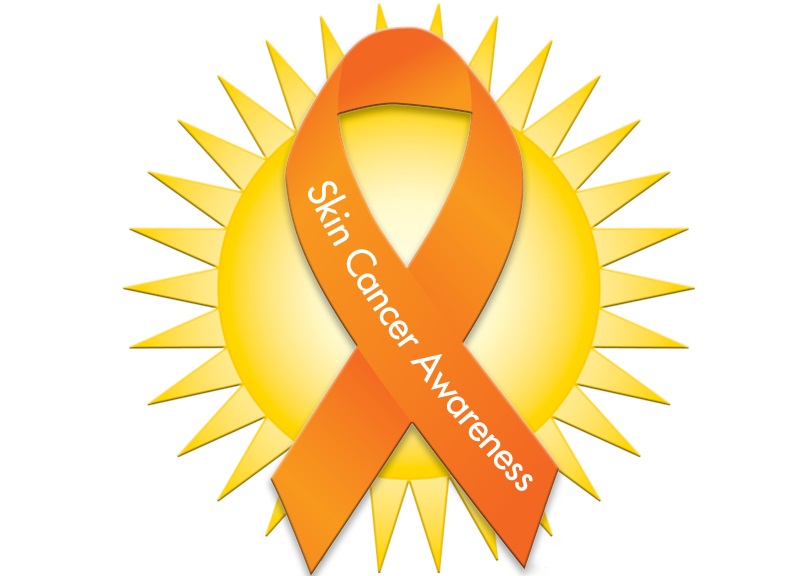
Staying Safe From The Sun

With Memorial Day behind us, and summer unofficially here, spending more time outdoors and in the sun is likely for most of us. And right now, because indoor socializing has become risky, the safest way to see family and friends will be outside. And let’s face it, fresh air, blue skies and social gatherings, even from a distance, will be the mental boost we could all use. More time in the sun isn’t. A surge in sun exposure isn’t.
While we all need some sunshine, it’s one of the best sources of vitamin D, early morning or late afternoons are the safest times to absorb it. The glow of sun-kissed skin may seem like a sign of good health, but sunspots and wrinkles are not the only unwelcome side effects of the sun. The most common cancer in the United States (fortunately also one of the most preventable) is skin cancer, and all it takes is 15 minutes of exposure for unprotected skin to be damaged by the sun’s ultraviolet rays.
There are three different types of skin cancer: basal cell carcinoma, squamous cell carcinoma, and the most dangerous and deadly, melanoma. One in five Americans will develop skin cancer by the age of 70 and more than 2 people die every hour of skin cancer in the U.S. Basal cell and squamous cell are the most common forms and make up 95% of all skin cancers; both directly due to a lifetime of sun exposure, but are highly curable when caught early and treated properly. Melanoma is a different story.
Malignant melanoma is a highly aggressive cancer and will typically spread to other parts of the body, becoming difficult to control if left untreated. When discovered in its earliest stages, melanoma has a 99% five-year survival rate; if it has metastasized to other organs, the prognosis becomes grim.
Skin type, having many or unusual moles, and family history are all factors in developing melanoma, but UV exposure causes the most cases. A history of blistering sunburns and ultraviolet light exposure from the sun or from tanning beds are directly attributable to melanoma. Staying indoors during the suns strongest hours is the most effective way to protect your skin. The use of high SPF sunscreens, shade, and covering your skin is essential for the hours you do spend outside.
Protecting your skin and regularly checking your skin are paramount to your overall health. The most common sign of skin cancer is a change on the skin, typically a new mole or spot, or a change to an existing mole. Self-examinations should include the ABCDE rule that tells you signs to watch out for: Asymmetry, Border, Color, Diameter, and Evolution. All changes should be followed up with your doctor, and seeing a dermatologist every year should be a part of your routine exams.
While it’s a great time for the great outdoors, do it wisely: avoid the sun.
For more information visit: aad.org
Hope Trust serves clients throughout the United States.

